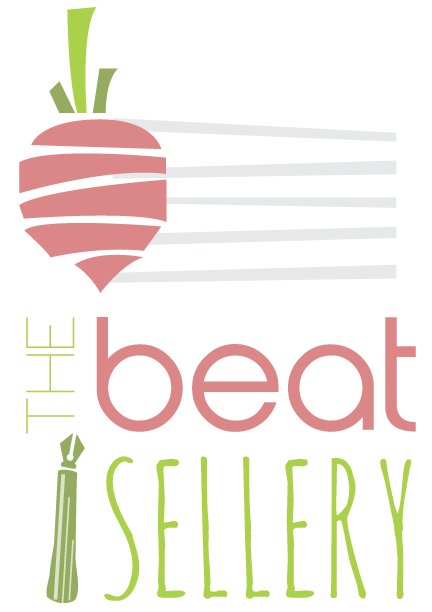Judges have often commented to me that they appreciated my music selection. Perhaps it's just something they say to everyone, but I take it as a sincere compliment when it happens regularly for adjudicated performances for both concert and jazz bands. Here are my basic guidelines and then a couple great sample programs for contest.
Be respectful of the given time and style guidelines
If there is a required music list, choose from it. If a ballad is asked for, play one. These things seem obvious, but listening to other groups at events we have attended tells me that not everyone thinks of this.
Choose music that makes your group sound as good as possible
Sometimes we directors are used to having a certain level of group, but it may not always be possible to sustain playing that level of music. While I agree that it is good to make a group stretch, music selection for a contest needs to be within the reach of the ensemble. The feedback a group receives can be uplifting or devastating based on the difficult of the music, and the students should not be penalized for a director's poor choice of music. [As an aside, if you realize too late that something is too hard, own up to it! Let the students know your own failings.]
Value variety
Your selections should provide as much contrast as possible with each other. Possible areas include: key center and tonality, tempo, style, time signature, time period, cultural influence, weight, length, and more
Sample Programming
Here are two sample programs and my considerations in picking each.
Jazz Band at a Competitive Jazz Festival
Punta del Soul
Together Houses
Better Get Hit In Your Soul
With these three tunes, we fit the requirements of the festival really well. A Latin chart, a ballad, and a 3/4 gospel swing gave us three contrasting styles. All three tunes stretched the band in different ways, but none was out of reach. Punta del Soul required a level of timing and execution (and some woodwind doublings) beyond anything they had previously played, but they really liked it and worked for it. I knew that Punta and Together gave us a strong 1-2 in the program, so I looked specifically for a closer. Better Get Hit was exactly what I wanted--energetic from beginning to end, and the 3/4 swing feel worked great with the straight eighths in 4/4 from the previous tunes.
Concert Band at State-Sponsored Contest
Prospect - Pierre La Plante
Symphony No. 4 - Andrew Boysen
I think it is really important to play a good ballad at contest. Sometimes an inner movement of a longer work will be sufficient, but I didn't think the slow movement of the Boysen Symphony would be enough for this program. Adding Prospect made the program 15 minutes long, though, and so I chose not to include a third piece! [If I had, I it would have been a march--we were working on Sousa's The Gladiator March around that time.] At this particular festival, each group has only 30 minutes to set up, perform, and receive a critique from a judge, so it seemed worthwhile to keep the program shorter to allow for a little more face time in our critique.
The Boysen Symphony was a fun work for students to dig into. Though it was technically not as difficult as some other music we worked on, it happened to fit the instrumentation of the group well and made them sound great at contest. The contrast of Prospect's simple calm and the rage and chaos of the Symphony was a big part of the program's success.
If you have a particularly successful program, send it my way! I'm right in the middle of looking at new repertoire for next year.




